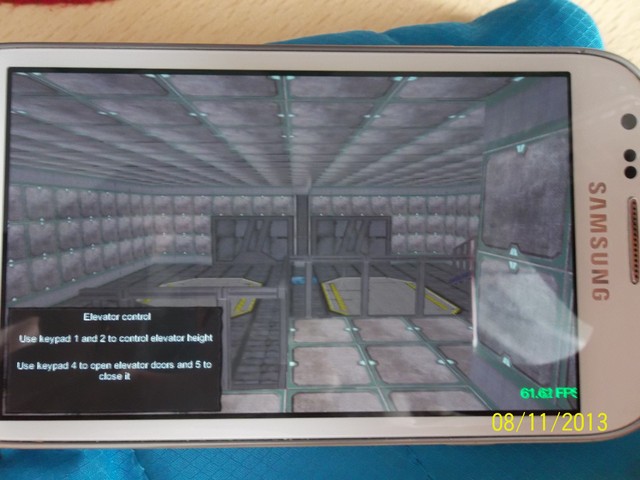

Static batching is a feature of Unity that saves a lot of CPU cycles. This will be our next focus area if we want to further improve the performance. You can still see some spikes, which are mostly related to physics. There is the occasional spike in scripts when a scene is loading – but it is not unusual to have a lower framerate in a loading screen. This is an area we have to be careful with: we try to cut back on vertex and poly count. For Momonga, the rendering takes up roughly 40% of the CPU. The Profiler categorizes the activity in a couple of areas: Rendering, Scripts, Physics, GarbageCollector, VSync and Others.įor mobile games, the issues are usually related to rendering. It shows all your bottlenecks and hick-ups, in real-time. Simply keep your device connected to your development machine, and play the game. The Profiler shows a graph of the CPU usage while you play the game. From here it is also possible to tick a checkbox to make the Editor and Player Autoconnect at startup. To be able to connect to a player, the player must be launched with the Development Build checkbox found in the Build Settings dialog. To use the Profiler on your mobile devices, simply build the game in Developer mode. The good part about this is that even when profiling an iPhone or iPad, you can run the Profiler from a windows machine. When you launch the game, the Profiler starts pumping out performance data. You run the game on your target device, and run the profiler on your PC. With it, you can determine where any framerate issues are coming from. It is a Unity Pro feature that lets you analyze performance bottlenecks. The first thing to look at when you want to improve the performance game is the Unity Profiler. How do you approach this when you are making an iPhone / Android game with Unity? Here are four Unity tools we used to optimize the framerate of the iPhone / Android versions of Momonga. To top it off, we want to support the ancient iPhone 3GS, and we need at least a steady 30 frames per second for that.Ībove: Momo and Fry are beating up two owl bandits – Four characters on screen at the same time. Any drop below 60 fps will cut the framerate in half! Switching from 60 fps to 30 fps would mean a serious hick-up, and it would kill the “feel” of the game if it happens too much. So the challenge for us is to keep the game running smoothly at (at least) 60 frames per second. Any pinball game needs 60 frames per seconds of performance, and we need to squeeze every drop out of the little CPUs of our target devices to achieve that. It features fast physics combined with fully animated characters and a 3D world. As you probably know, we are currently making a pinball game for iOS / Android. Performance is critical for mobile games, especially for fast-paced action games. September 6, 2016: We are looking for a Unity C# Developer and Node.js/Back-end Developer to join our team.


 0 kommentar(er)
0 kommentar(er)
